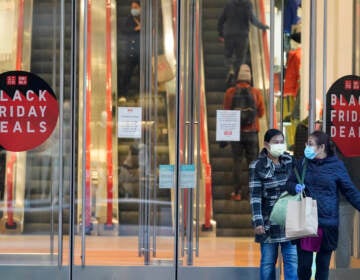The long and winding road: How the Garden State Became the Mall State
Malls are inseparable from the history of postwar New Jersey, and American Dream is far from the first to promise a heady mix of retail and entertainment.
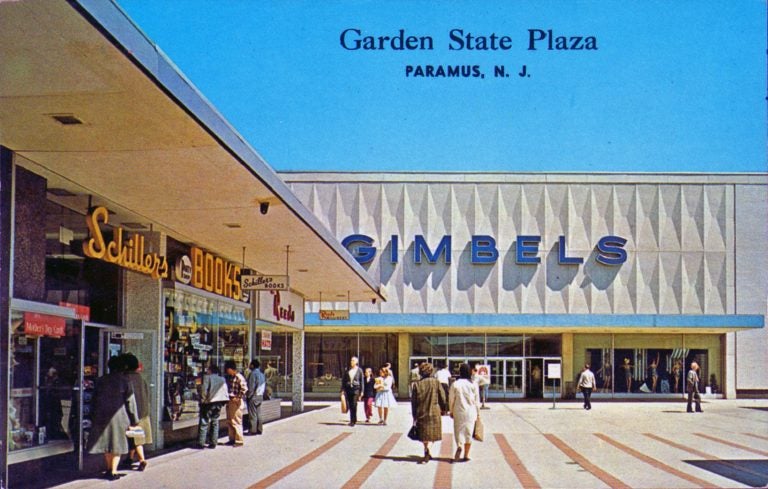
Postcard of Garden State Plaza, circa 1968 (Ryan Khatam/Flickr)
This article originally appeared on NJ Spotlight.
—
One of the most elaborate and controversial retail and entertainment complexes in New Jersey opened late in October — far behind schedule. It was presented as “a revolutionary, first of its kind community for fashion and luxury retail, fine to casual dining and an array of unexpected entertainment,” with the word “mall” barely in sight.
American Dream in East Rutherford is the culmination of over a decade of planning and billions in tax-free bonds. Its owners, the Triple Five Group, the same developers responsible for similar attractions like the Mall of American in Minnesota and the West Edmonton Mall in Canada, are banking that it will greatly impact how New Jerseyans — and out-of-staters — shop, dine, play and spend.
So how much of a mall is American Dream? The place to start is by defining some terms. Malls are enclosed areas that contain shops, dining and entertainment; shoppers can stroll between most shops without having to exit the main building. By comparison, shopping centers, or so-called open-air malls, are usually smaller; going between shops means going outside. The stores in shopping centers are generally arranged on a single floor, as opposed to malls, where stores can be on multiple levels.
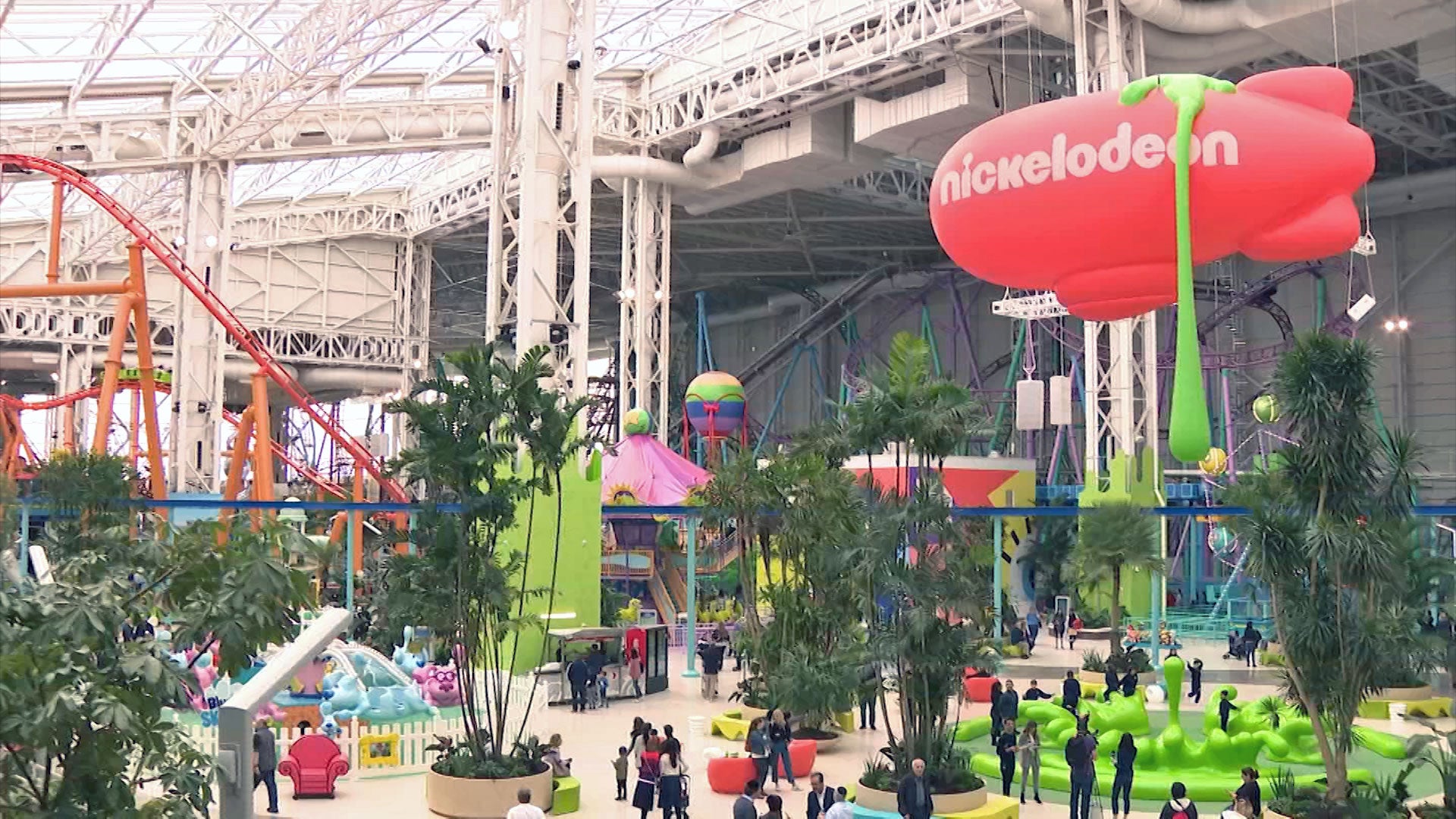
When fully operational, American Dream’s offerings will be 45% retail and 55% entertainment — including indoor ski slope, two amusement parks, mirror maze and bowling alley — as well as a Ferris wheel resembling the London Eye. For visitors who need more stimulation, there’s also a dine-in movie theater and concert hall.
“I find it significant that the American Dream mall is focused more on entertainment than consumption. There will be stores there, of course, but they are not the primary draw. Shopping as a form of leisure is not a growth industry,” said Harvard professor and historian Lizabeth Cohen.
She adds, “I think it’s also important that the dominance of chains and the disappearance of many locally associated department stores have made mall shopping very predictable. One mall differs less from another than it once did, now that Macy’s is likely the anchor store and there are few independent retailers to make a mall distinctive.”
Perhaps unsurprisingly, American Dream is promoting attractions that can’t be found at conventional malls, like skiing or riding a Ferris wheel.
American Dream meets real dollars and cents
The success of American Dream is to be determined. And whether it’s a mall or not, its main metrics of success — dollars and cents — will be closely watched. Meanwhile, malls throughout the state — thriving, struggling or dying — run the gamut from those that continue to offer traditional mall fare or those being revamped in response to an ever-changing retail landscape.
Malls are a critical component of New Jersey’s economy. The state is home to 28 malls, 20 of which are over 1 million square feet. It also boasts the most malls in a 25-square-mile radius, with seven packed into Paramus that rack up $5 billion in annual retail sales.
It’s not hard to see how New Jersey has earned the reputation as one of the preeminent places to shop in the country, and both the developers of American Dream and the state are hoping this new retail and entertainment behemoth will increase its standing. But even if it does, this latest entry doesn’t qualify as the “revolutionary, first of its kind” attraction that the hype avers.
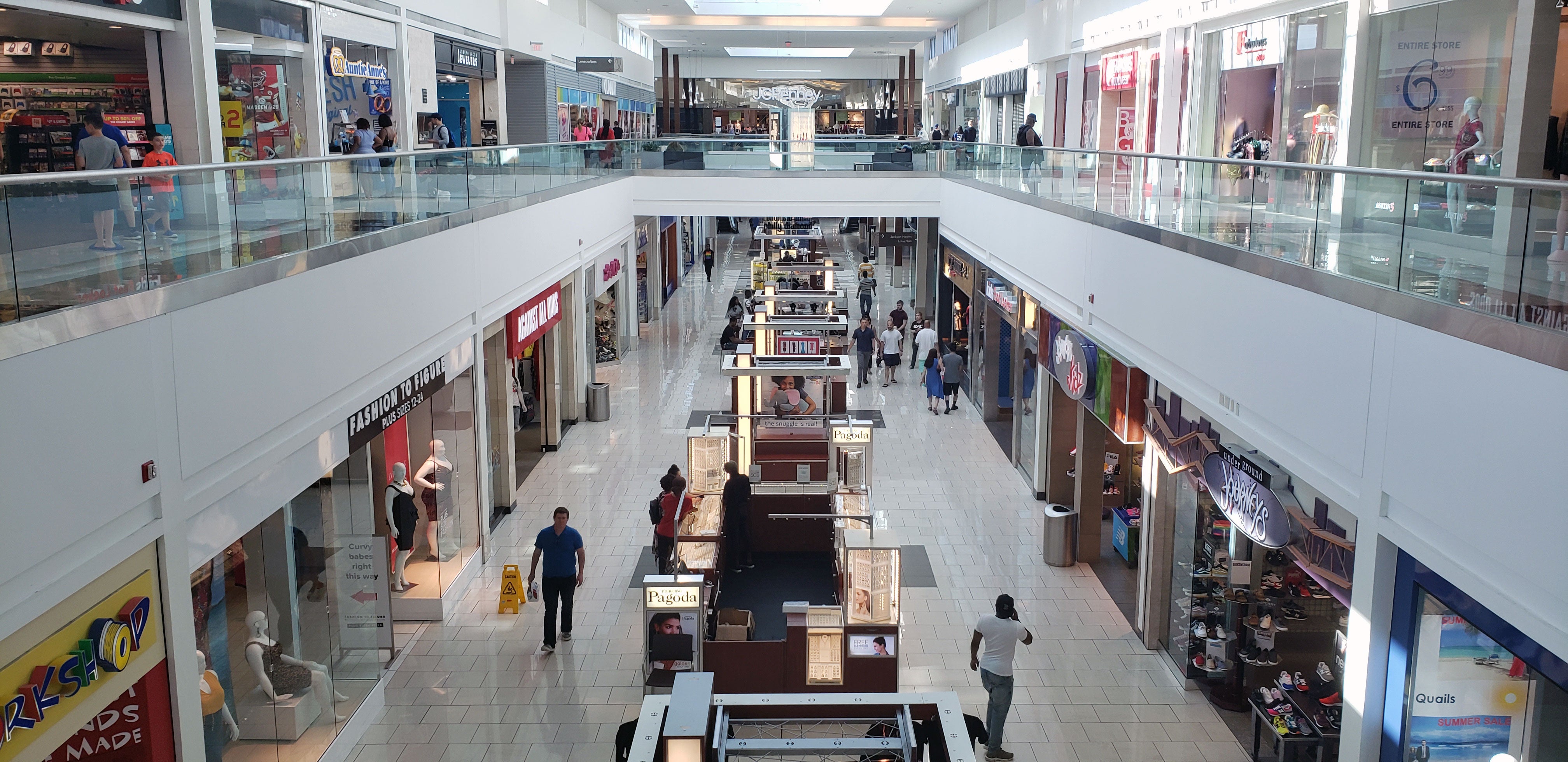
When local historian Lisa Mangiafico talks about the early days of the Cherry Hill Mall, she evokes a place of excitement and novelty. “There were aviaries with tropical birds and plants. Boy Scouts camped out in the mall for nights, and even Easter services were held there. It was stunning.”
That was the Cherry Hill Mall — then known as the Cherry Hill Shopping Center — when it opened in 1961, the first enclosed, climate-controlled mall east of the Mississippi River. In 1962, Cherry Hill High School held its prom there. Since then, it has seen many transformations; in its latest iteration, the retail, dining and entertainment complex remains a significant economic presence in South Jersey. And at 1.25 million square feet, it is still one of the largest malls in the state.
Mangiafico grew up in Maryland and lived an hour north of Washington, D.C., an hour west of Baltimore, yet she still managed to visit the Cherry Hill Mall frequently. “People took bus tours, chartered buses to come here to see this,” she said. “It wasn’t just shopping for people in Cherry Hill, it was shopping for people along the East Coast.”
The rise of the mall
Malls were new then. After World War II, as family life returned to normal, many Americans left congested cities and moved to the suburbs. In the flush postwar period, households had more disposable income. And families needed to shop closer to where they lived.
Enter the American shopping mall, the brainchild of an Austrian architect named Victor Gruen.
Gruen designed the first outdoor shopping plaza near Detroit in 1954, then built the Southdale Center in Edina, Minnesota, the first enclosed shopping mall in America. He is also credited with designing the Cherry Hill Mall.
In the beginning, malls attracted a homogenous clientele, typically white middle- to upper-class suburban dwellers, according to Harvard’s Cohen in “From Town Center to Shopping Center: The Reconfiguration of Community Marketplaces in Postwar America.” She added, “Shopping centers did not exclude inadvertently by virtue of their suburban location. Rather developers deliberately defined their communities through a combination of marketing and policing.” By definition, urban areas that included a preponderance of low-income communities of color were excluded. Very quickly, enclosed shopping malls flourished, becoming an integral part of American leisure and culture.
Before the arrival of the Cherry Hill Mall, the area was known as Delaware Township, a small town that didn’t even have a post office before becoming a larger suburb in the 1960s. Cherry Hill had a vibrant nightlife before the mall was built, including clubs, horse-racing track and casino. The mall not only attracted locals and customers from the Philadelphia area, but also took business away from the nightlife and Main Street shops in the small neighboring towns of Haddonfield and Moorestown. “When malls came, everything was consolidated in one place,” Mangiafico stated.
One of the areas that took a big socioeconomic hit was Camden. In the mid-1920s, a bridge had been built between New Jersey and Philadelphia. But ramps on and off the bridge cut off access to intersections leading to downtown Camden, allowing the city to be bypassed. With the addition of the mall, Mangiafico says, people didn’t have to shop in Philadelphia or Camden; they could go to the mall instead.
As the mall evolved, additions were made; a second level was added in the 1970s and 1980s, and big-name anchor stores like J.C. Penney and Macy’s came in the 1990s. The longevity of the Cherry Hill Mall has much to do with its anchor stores; similar anchors have pulled out of neighboring malls, like Moorestown and Voorhees Center, leaving owners struggling to revitalize them. Diversified transportation options and its location, less than a 30-minute drive from Philadelphia, have also given Cherry Hill an edge. The most successful malls in the country such as the King of Prussia Mall in Pennsylvania and Destiny USA in Syracuse, New York, are located within a 10-mile radius of the city and major interstate highways.
‘Mallville, USA’
With four malls and a variety of shopping centers within its 10.5 square-mile radius, Paramus has been called “Mallville USA.” Before the malls came, there was farmland, originally home to the Lenni Lenape, who gave Paramus its name, meaning “fertile land where turkeys are found.”
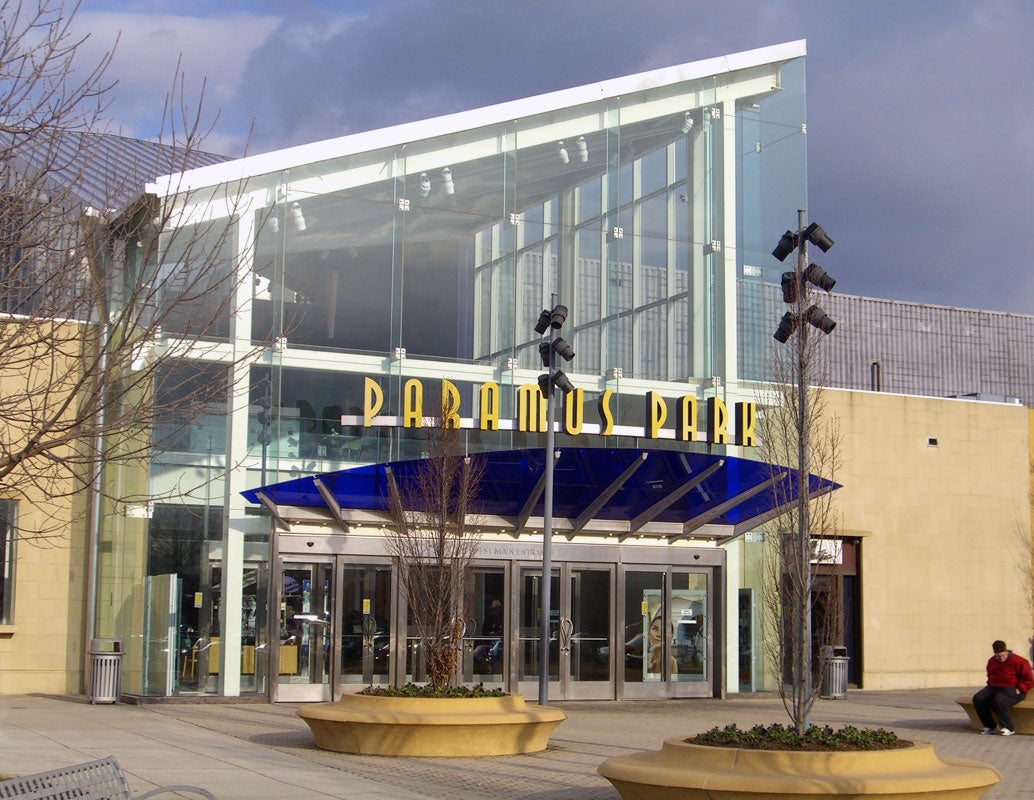
What really spurred its growth as a shopping mecca was the post-World War II economic boom. Construction of the George Washington Bridge and highways led to the exploding growth of suburbs. Paramus, at the intersection of routes 4 and 17, was a mall developer’s dream. By the late 1950s, they were rapidly turning that dream into a reality.
Garden State Plaza and the Bergen Mall, now named the Outlets at Bergen Town Center, opened in 1957 and 1958, respectively, as the first major shopping centers in the state. At a whopping 2.12 million square feet, the Garden State Plaza became the first and biggest mall in New Jersey and continues to draw millions of shoppers each year. Its ability to survive the ups and downs in retail could be due to its continued transformation over its 62 years of existence.
Garden State Plaza started as a one-level, open-air shopping center, owned by R.H. Macy and Co. It was purchased by the Westfield group in 1989, which added 50 specialty retailers, including the first Nordstrom in New Jersey. Beginning in the mid-1990s, 100 additional retailers were added, including Neiman Marcus, Lord & Taylor and in 2015, the “fashion district” with stores such as Louis Vuitton, MCM and Versace. The shopping mecca racks up almost $1,000 in sales per square foot.
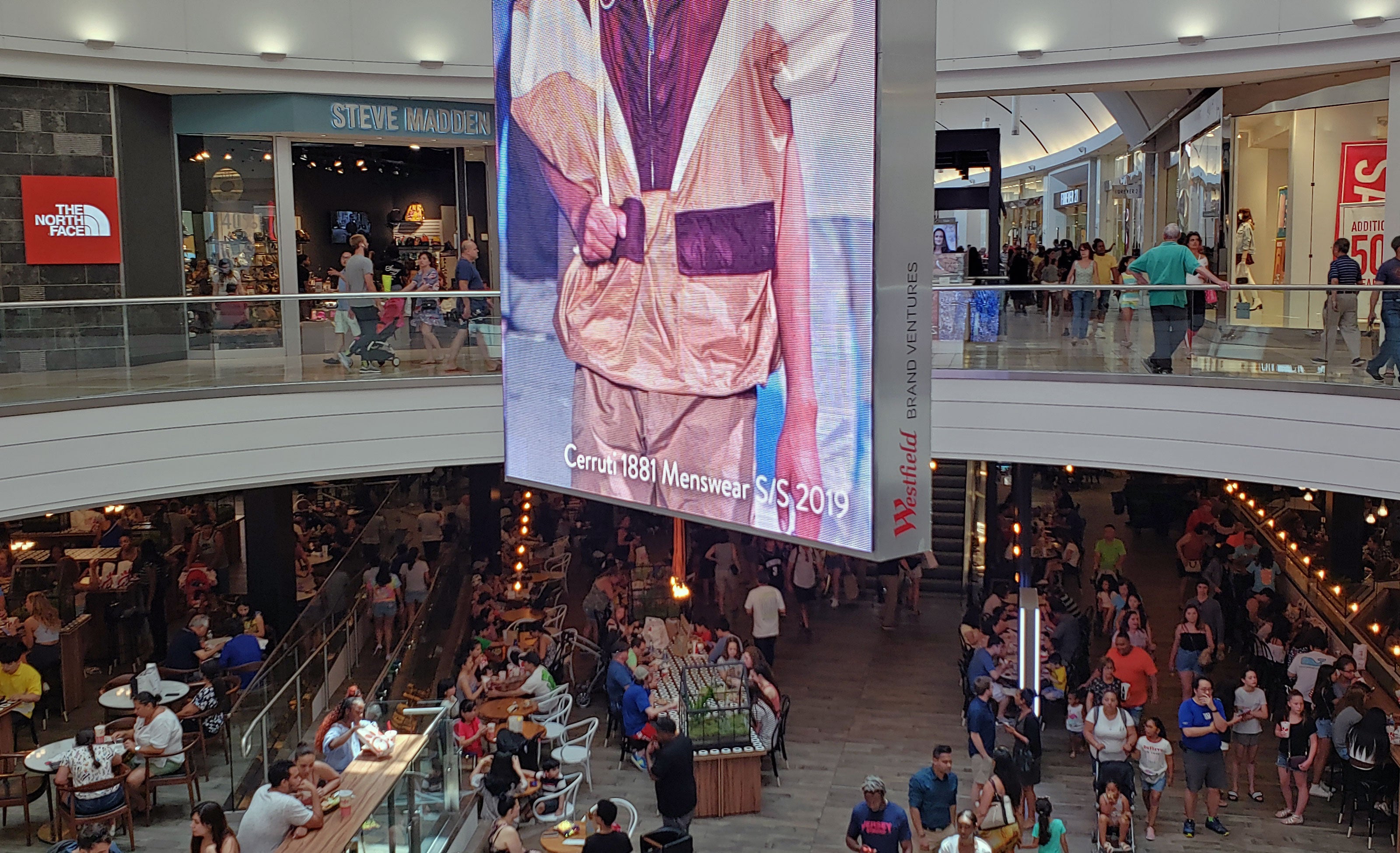
“Our company strategy involves reimagining traditional shopping locations as places not just to make a transaction — but to live and work, relax, socialize and connect with the wider community,” said Lisa Herrmann, senior director of marketing for the Garden State Plaza. Herrmann also represents Unibail-Rodamco-Westfield, one of the largest commercial real estate companies, which owns shopping plazas worldwide. They are known for constantly updating their properties, to deliver not just a large block of stores, but an “experience.”
Herrmann said the Garden State Plaza is undergoing big changes yet again, including development of “a center creating a downtown mixed-use experience with residential, office, hotel, in addition to expanded shopping, dining and entertainment alongside open green spaces with parks and gardens.” These changes are meant to transform Garden State Plaza into a “community,” Herrmann said, a place where the mall is the hub for shoppers and residents.
This may well keep the Garden State Plaza thriving, but what about other malls in Paramus? Bill Lever, a museum curator at the Paramus Fritz Behnke Historical Museum, much prefers Paramus Park mall — a “mini-Garden State Plaza, but no attractions whatsoever” — to its bigger neighbors. Some have doubted the longevity of Paramus Park, especially when its Sears anchor closed in 2018. However, much like the Garden State Plaza and other malls around the state, it is undergoing major changes. “They are building a movie theater and a food store where the Sears store closed. That will be the first thing that will be an attraction to that mall, as far as entertainment,” Lever said. Some of those changes have already taken place, with the opening of a Stew Leonard’s food store in September.
Adding new attractions seems to be the best bet for most malls’ survival, as many continue “evolving into ‘experience community centers,’” according to a report from Behavior Analytics Retail. These “community centers” are adding cinemas, restaurants and more to entice customers not just to shop but to hang out.
Just as the early malls often decimated retail traffic in many nearby towns, malls today are trying to adapt by becoming new “main streets,” building elements of a town to keep people coming. Turning malls into “mini-villages,” in which unused space can morph into grocery stores, gyms and even apartments is vital to their survival, suggested Syracuse University’s Amanda Nicholson, professor of retail practice, in a CNBC report.
Jersey’s ‘dead’ malls
But even as some malls are becoming major hangouts, others have not been as successful attracting foot traffic. The rise of e-commerce could also be to blame; online retail sales have grown more than 10% since the beginning of the decade and will continue to rise to a third of all retail sales, according to an AT Kearny report.
Cohen concurs, “Almost 20 percent of holiday shopping this year was done online and every year that amount seems to grow. Also, as many well-off consumers remain in cities, or move back to them — whether young people working in tech and finance or empty nesters — the suburban mall experience is of declining interest.”
She continues, “… the large, free-standing suburban stores like Bed, Bath, and Beyond and Target are following the money back to the city, in a reversal of what happened in the heyday of malls, during the 1950s and 1960s, when white middle-class consumers moved out of cities into suburbs and the stores followed them.”
Those trends could mean imminent death for the malls that haven’t been redeveloped and are thus relying on retail sales alone to carry them through. Dubbed “dead malls,” even before they’ve been shut down, they have been proliferating. And while they’re not pulling in customers, they do intrigue a subculture of urban explorers, who travel throughout the country to marvel at the dilapidated structures. Two malls in the Garden State — one closed, and the other one struggling — are on the dead-mall trail.
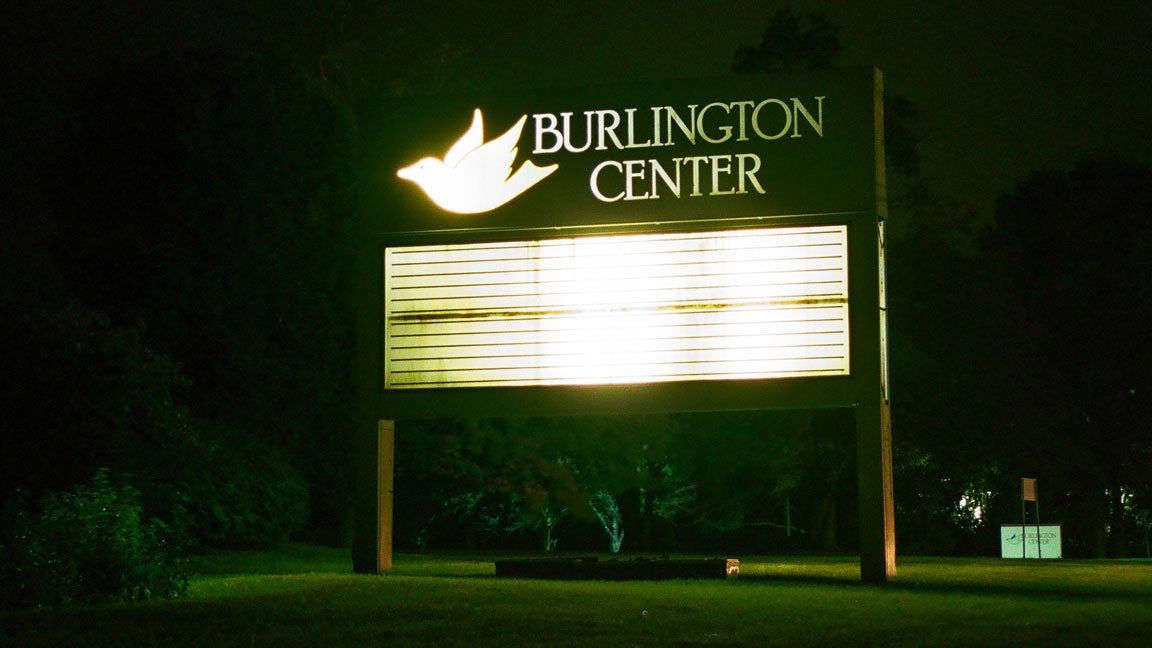
The Burlington Center Mall in Burlington Township closed in March to make way for new apartments and, potentially a new shopping center. Opened in Burlington Township in 1982, the mall had over 100 tenants at its peak, including a Sears and Macy’s as anchors. But starting in the early 2000s, foot traffic decreased and in 2010 its most successful anchor store, Macy’s, closed. J.C. Penney’s followed suit in 2014, and its remaining anchor, Sears, locked its doors in 2018.
Even in decline, however, Burlington wasn’t doomed. Much as other malls have been renovated and changed in hopes of staying open, the owners of the Burlington mall had plans for its redevelopment, proposing to turn the abandoned space into an open-air shopping center with retail, restaurants and up to 500 housing units, the Burlington County Times reported. In November, the redevelopment plan was approved by the county’s planning board.
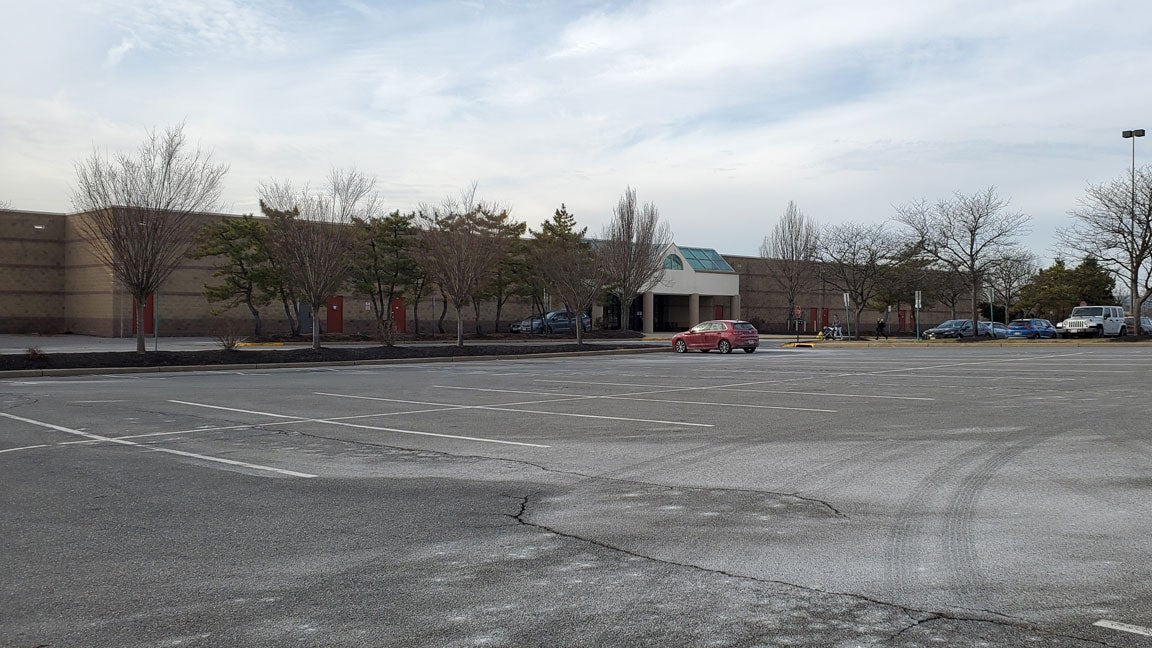
The Phillipsburg Mall in Warren County is open for now — until its 26 remaining tenants vacate the property now that they’ve been served with eviction notices, as reported by Jon Harris of “The Morning Call.” The mall is in the beginning of its final days.
Even as some malls struggle, Mangiafico holds out hope that they could prosper in the shadow of American Dream: “If it is more about entertainment and people still need to get a shirt … I’m not gonna buy a shirt and take the shirt skiing with me.”
American Dream’s targeted customers — with its apparent emphasis on tourists — will determine its success. Other thriving malls in New Jersey, like Garden State Plaza and the Mall at Short Hills in Millbrook, are located in areas where the median household income exceeds $100,000, affording affluent customer bases to buttress them. As for older malls that have not flourished, their survival may well depend on them being reinvented as apartment complexes, grocery stores, bowling alleys and churches.
WHYY is your source for fact-based, in-depth journalism and information. As a nonprofit organization, we rely on financial support from readers like you. Please give today.



